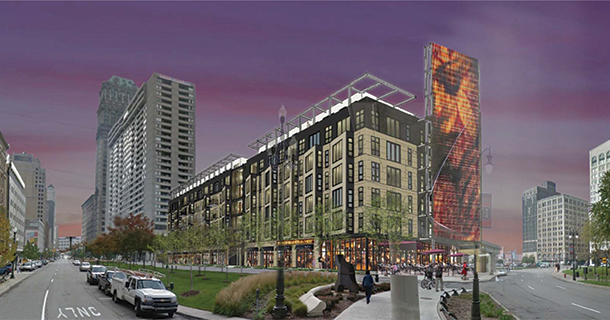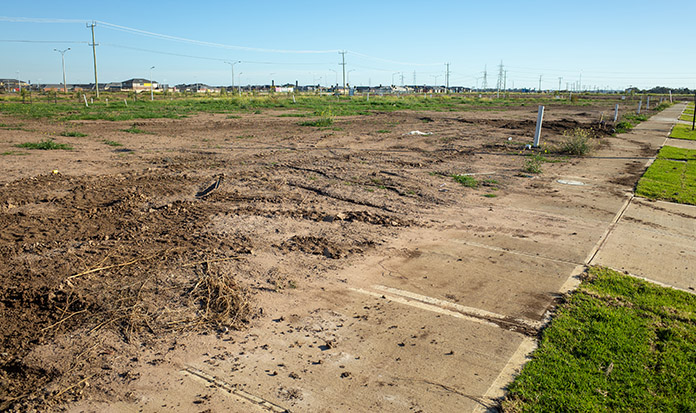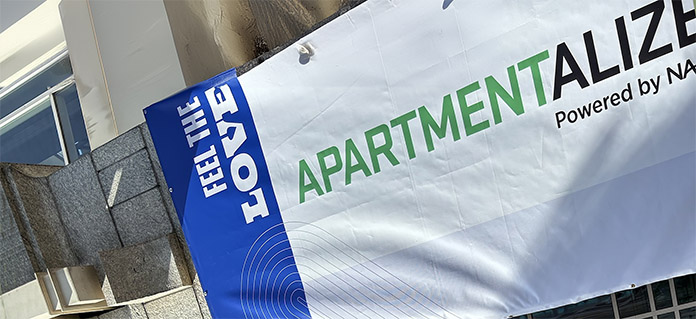
The new construction represents the latest wave in what promises to be a flood of new residential projects to downtown. Multiple other projects are in various stages of planning for the next two to three years.
Barring a major economic downturn, the developments promise new residents with disposable incomes, boosting the fortunes of restaurants, clubs, and other entertainment venues. They are likely to swell attendance at Tigers, Lions and Red Wings games, Slow Roll bicycle rides, museums and the annual Thanksgiving Day parade, among many other venues and events.
Developers estimate the greater downtown needs 3,000 to 5,000 new rental apartments—enough to keep construction crews busy for the next few years at least. Beyond projects already under construction, there are many others close to breaking ground. And the list could grow as the M-1 Rail line nears completion in about a year and the Ilitch family’s hockey arena and entertainment district continues to take shape in northern downtown.
“Thousands of new residents in greater downtown will help assure success for new businesses there and mean expanded activities in the area that will create an even more vibrant and appealing community attracting others,” said John Mogk, a Wayne State University law professor who specializes in development issues. “Growth in population and prosperity in the greater downtown over the next decade is inevitable.”
The surge in construction also could create some blowback, from worsening the existing parking shortage to fanning concerns about which Detroiters are benefiting from downtown’s resurgence. Scattered new construction also takes place in many Detroit neighborhoods, but nowhere as intensely as in the greater downtown area, which includes Midtown, Corktown and several other neighborhoods.
Mostly the new construction reflects market demand as developers respond to the increasing desire of young, educated professionals to move to the downtown area—a trend virtually unknown just five years ago, when major employers were actually paying incentives to their workers to make the move.
“Supply is finally catching up with demand,” said David DiRita, a partner of the Roxbury Group, a Detroit-based developer who has two apartment projects under way: The Griswold, being built atop the parking garage adjacent to the Westin Book Cadillac, and a conversion of the old Professional Plaza office tower in Midtown into apartments.
Sue Mosey, president of the nonprofit Midtown Detroit Inc., which promotes redevelopment efforts, said residential occupancy levels in Midtown held steady in 2015 at 97 percent, spurring construction of new units and putting upward pressure on rents.
During the year, landlords raised rents as much as 15 percent in the Brush Park district, 14 percent in New Center and 10 percent in the areas around Wayne State University and the Detroit Medical Center, according to a Midtown Detroit survey.
Among those in the planning pipeline, with completion dates likely in 2017:
The Corner, a mixed-use residential and retail project on the site of old Tiger Stadium; Statler City, a planned residential project facing Grand Circus Park; micro-lofts, a project from businessman Dan Gilbert at 28 W. Grand River in the Capital Park District. Gilbert’s Bedrock Real Estate Services also is planning a major development in Brush Park—about 400 units (300 rental, 100 for-sale condominiums) on an 8.4-acre site.
It happened quickly
As recently as 2011, major employers such as the Henry Ford Health System and Wayne State offered employees cash incentives to move into their neighborhoods. More than 1,000 people took advantage of the Live Midtown and Live Downtown incentives programs.
Those incentives helped to fill up then-available apartments. Would-be tenants started complaining about waiting lists at existing buildings including the Kales on Grand Circus Park. Rents began rising, too, from around $1.25 per square foot to at or near $2 today. Some of the newer projects now under construction to open in mid-2016 or later are priced at about $2 per square foot as the market gets stronger.
But here’s a caution: A “stronger” market does not necessarily mean “strong.”
Most or all of the projects under way still required local and state incentives as part of their financing packages. Rental rates are not yet to the level where bankers and other lenders feel comfortable loaning full market cost of a project. So developers must plug the gaps with a variety of tax credits, loans from nonprofit lenders, and other sources.
Mosey said that even though rents have been rising, all quality projects still require some mix of tax credits or subsidized financing. Indeed, one reason for the recent surge in apartment construction is that so many alternative lenders are backing projects, including Capital Impact Partners, Detroit Development Fund, and Invest Detroit, backed respectively by JPMorgan Chase, Kresge Foundation, DTE Energy, and others.
“Fundamentally, everybody needs a tax tool,” Mosey said. “I don’t care if you’re doing rental or for sale.”
What’s the magic number?
There was talk in recent years that subsidies might disappear once residential rental rates reached $2 per square foot, but that hasn’t proved true. The “magic number” for subsidy-free projects is more likely between $2.25 to $2.50 per square foot.
“It’s by no means like a slam dunk out here—yet,” Mosey said. “It’s still an emerging market. But not as emerging as it used to be.”
Asked whether the process was getting any easier, Richard Karp, a Lansing-based developer renovating several buildings in downtown’s Capitol Park district, said, “I would hope that it is, or maybe we’re just getting used to the level of challenge.”
Rents in downtown Detroit remain well below rents in, say, Chicago. A one-bedroom unit in Detroit that might rent between $1.60 and $2 per square foot would fetch $2.50 to $3.50 in downtown Chicago.
Who’s moving in?
So who’s moving downtown? Many of the newer residents, like Keven DuComb, 31, moved downtown to be near his job. He lives in a one-bedroom apartment in the recently renovated Detroit Savings Bank building. He works nearby at Comerica Bank. He is single with no kids.
For him, the best part is walking to work. He moved in in early August when the building opened and previously lived in a townhouse development in Detroit’s Brush Park. Many of his neighbors work at Quicken Loans.
Other newer downtown residents include students, empty nesters who have given up a big suburban house, and corporate transfers new to town.
“It’s still mostly people who probably work down here,” DuComb said. “The biggest thing is having your job close.”
Another recent benefit is that more downtown businesses are staying open later and on the weekends than in the past. “Everything seems to be a lot more active, even on the weekends than just a few years ago,” he said.
Running out of buildings?
The first wave of apartment projects in recent years involved conversions of empty 1920’s-era office buildings, including the Kales and Broderick Tower projects on Grand Circus Park, or the Lofts at Merchants Row on Woodward.
But with downtown’s supply of available empty buildings dwindling, developers are starting to build on vacant land. The DuCharme Place, Orleans Landing, and other projects are all being built fresh from the ground up.
“We’re definitely going to run out of buildings downtown, which is a good thing,” said DiRita.
He contends that the flurry of new construction means greater downtown Detroit has become southeast Michigan’s “go-to location for people coming into the region.”
“No one talks about Royal Oak anymore, or Ann Arbor,” DiRita said.
Excerpt: John Gallagher and JC Reindl, detroitfreepress.com















